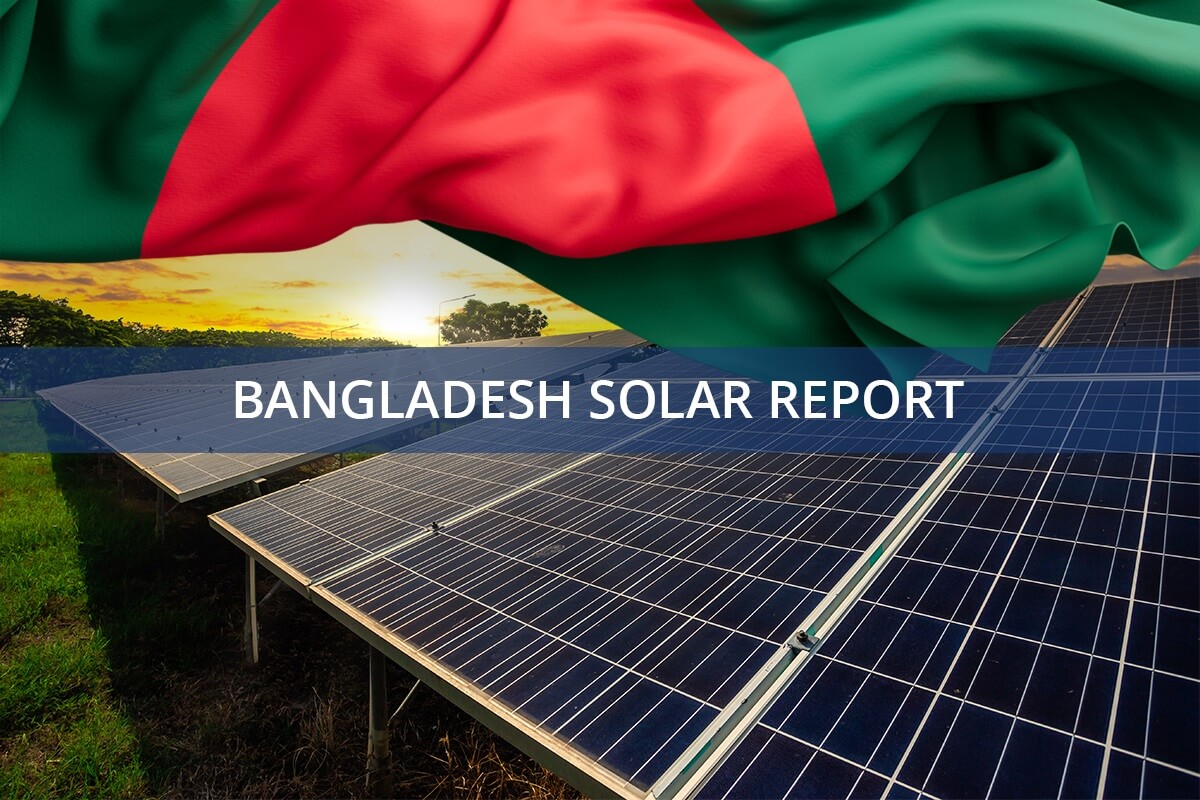The government of Bangladesh is pushing to expand solar power, but significant challenges like land scarcity and financing hurdles threaten the plan. Solar power currently contributes 1,000 MW to the national grid, with an ambitious goal of reaching 20,000 MW by 2041.
Ambitious Solar Goals Face Land and Financing Hurdles
A report by The Daily Star notes that the government has been actively encouraging solar project development. These efforts have led to 1,200 MW of solar projects currently under construction, 1,000 MW in the tendering process, and another 1,000 MW in the planning stages. Despite this progress, the challenges of securing land and financing may slow the country’s momentum.
Md Mahbub Ul Alam, chairman of the Bangladesh Power Development Board (BPDB), acknowledged the country’s significant potential for solar energy but noted that challenges remain.
“The potential of solar power is very bright. However, some challenges have to be addressed,” he said during a roundtable discussion organized by The Daily Star and the BPDB. Alam highlighted the need for a roadmap to overcome these obstacles and achieve the government’s solar power targets.
Ready to make big Profits?
The solar Industry is Booming
WE HELP NEWCOMERS to the solar industry start their own solar module production line. Customers can make BIG PROFITS by selling modules and finding investors, without wasting money and time on things they don't need!
Experts Call for Key Policy Reforms
Experts at the roundtable emphasized the need for policy reforms to streamline solar power development in Bangladesh. Key suggestions included revising policies to facilitate land acquisition, allowing for more efficient land use through vertical solar installations, and developing projects on rooftops and water bodies.
Mohammad Hossain, Director General of Power Cell, underscored the growing importance of solar power, stating, “Solar power is becoming an important part of the country’s energy mix. We have to continue our efforts.”
He also stressed the need to align the energy mix with the country’s economic growth objectives as it aims to become an upper-middle-income country by 2036. For a deeper dive into Bangladesh’s solar efforts, you can explore their solar panel manufacturing landscape.
Tackling Land Scarcity and Energy Storage Needs
Land scarcity is one of the most pressing issues hampering solar power expansion in Bangladesh. With limited land available for large-scale solar farms, efficiently utilizing available space is crucial.
To that end, experts proposed innovative solutions such as vertical solar installations and placing panels on rooftops and water bodies. These approaches could maximize the use of limited land resources while increasing the country’s solar capacity.
Another challenge is the intermittent nature of solar power. Since it is unavailable at night or during cloudy weather, solar is less stable than traditional energy sources. To address this, experts recommend investing in energy storage solutions and hybrid power systems.
These technologies would store excess solar energy generated during the day for use at night or during periods of low sunlight, ensuring a more reliable energy supply.
The Role of Finance in Solar Expansion
Financing is another critical factor in developing solar power. Solar projects require significant upfront investment, which can be a barrier for many developers. Experts at the roundtable called for innovative financing solutions to make these projects more viable.
They suggested the government and financial institutions work together to provide low-cost financing options for developers. This support could include offering subsidized loans, tax incentives, or other financial tools to encourage investment in solar power.
The government of Bangladesh remains committed to increasing solar power as part of its energy strategy. However, achieving the ambitious goal of 20,000 MW by 2041 will require directly addressing the challenges of land scarcity and financing. By implementing policy reforms and adopting innovative solutions, Bangladesh can overcome these obstacles and continue expanding its solar power capacity.
For more insights into recent initiatives, check out the Bangladesh solar tender aiming to develop 2.6 GW of solar projects.



